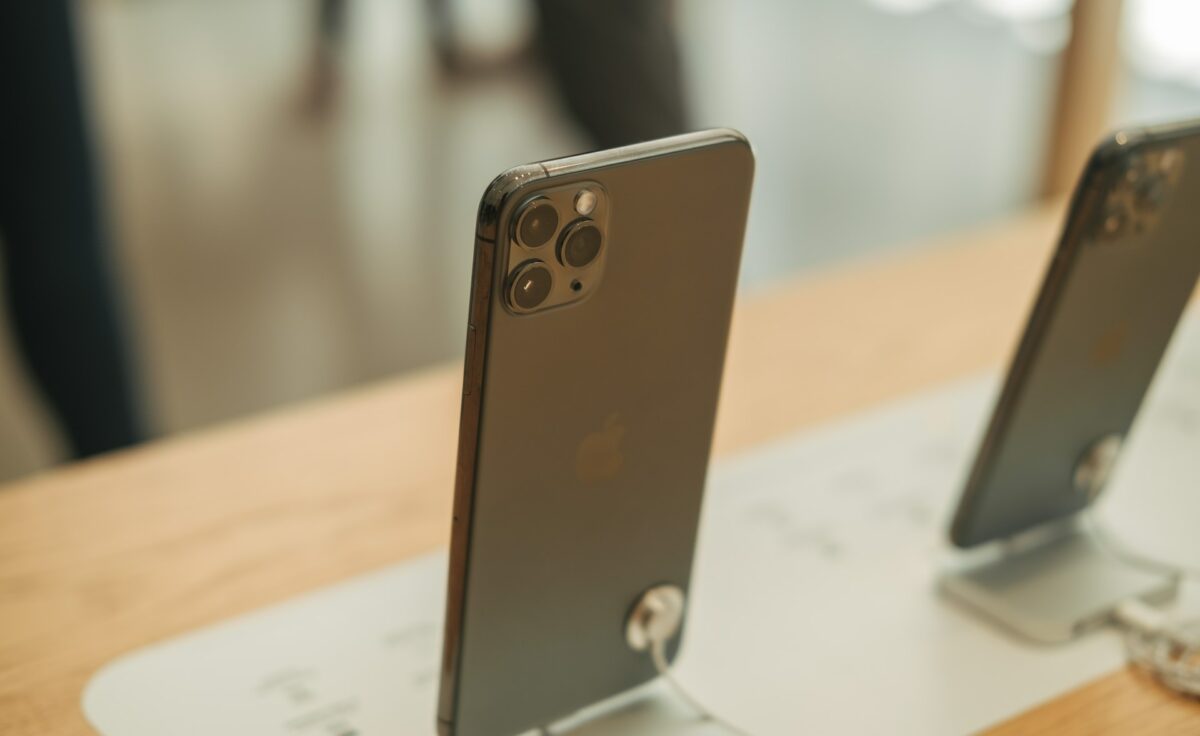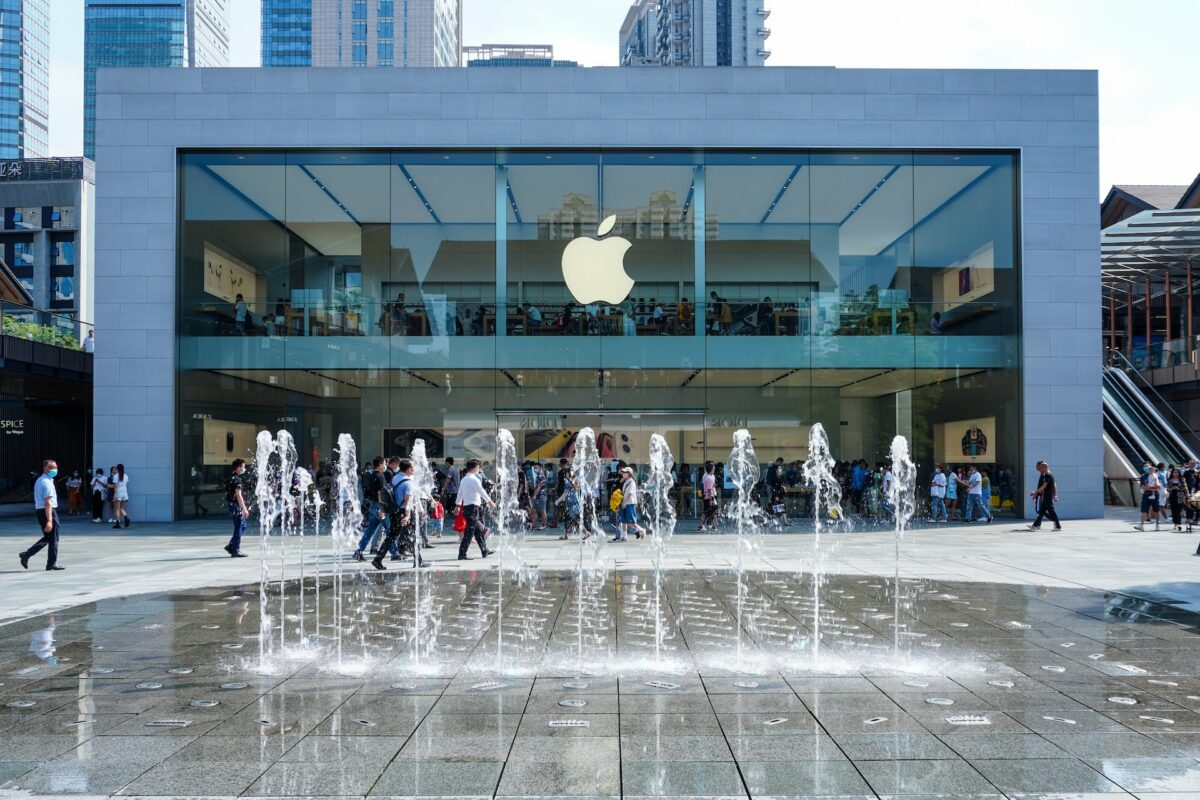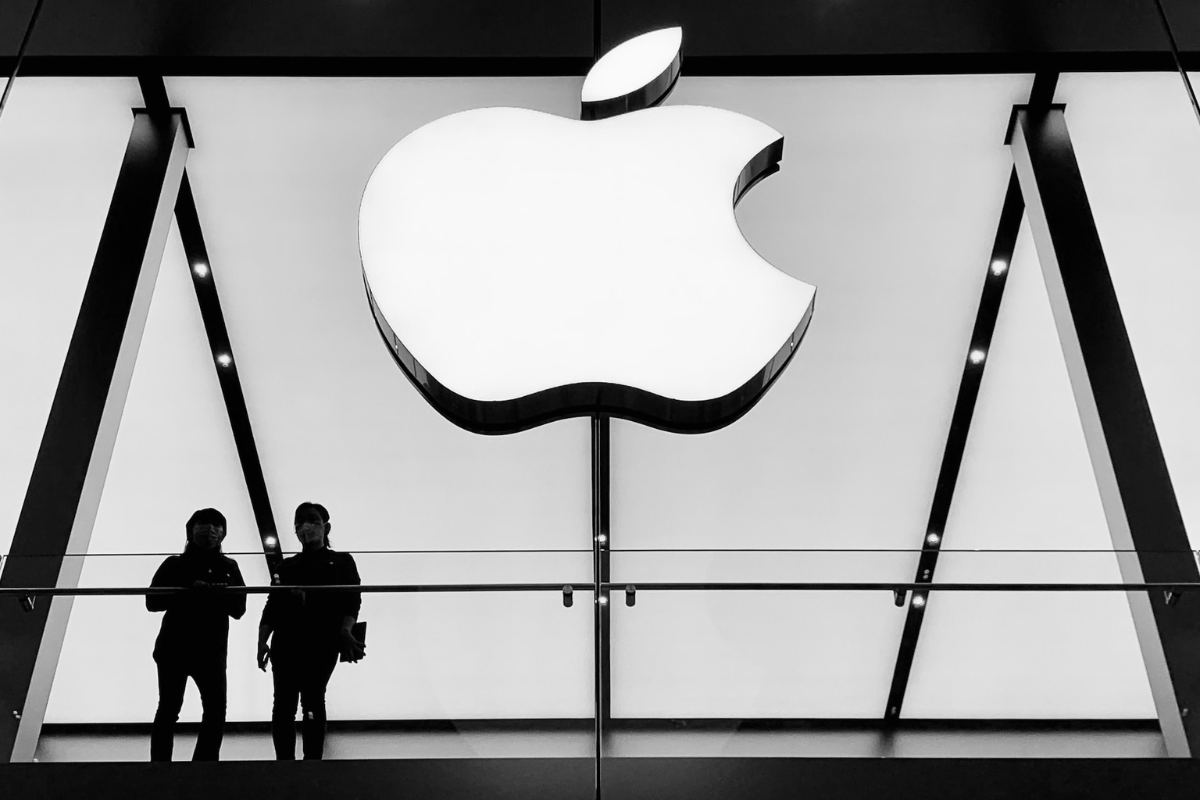As the world grapples with inflation and ever-rising costs, an important question has emerged for tech enthusiasts and consumers alike: Is Apple price gouging its customers?
With global inflation affecting various sectors, Apple products have not been spared, seeing significant price hikes across its range.
But to understand whether this constitutes price gouging, we need to delve into the factors contributing to these price increases and weigh them against industry norms and Apple’s historical pricing strategies.
Table of Contents
ToggleApple’s Global Price Increases
In a recent report published by Nukeni, it was found that Apple has raised the prices for its products in many countries.
The iPhone 14 is more expensive than the iPhone 13 in 29 out of 37 countries surveyed, the new MacBook Pro range is pricier in 27 of these countries, and the latest iPad – the iPad 10 – is more expensive than its predecessor in all 37 countries.
This is not just a marginal increase.
Ignoring Turkiye, where prices have more than doubled due to extreme economic circumstances, the iPhone 14 range, M2 MacBook Pros, and iPad 10 have increased by an average of 10%, 15%, and 50%, respectively.
Accessories and peripherals have also seen similar hikes, with products like AirPods and Apple Watches experiencing up to 15% price rises in several markets.
Interestingly, China and the United States were the two major markets where iPhone and MacBook pricing remained unchanged generation on generation, while Brazil, known for having the world’s highest Apple prices, saw a surprising 11% price reduction for M2 MacBook Pro models.

The Rising Costs Of Components
Counterpoint Research recently released a report detailing the cost of manufacturing the iPhone 14 Pro Max.
This report revealed that the blended bill of materials for this model, which includes the costs of all the components used to make the device, was $464.
This marks a slight increase from the $450 cost for the iPhone 13 Pro Max.
Some of the key factors contributing to this rise included the new 48MP rear camera and the new always-on display, which made the iPhone 14 Pro Max roughly 3.4% more expensive for Apple to make than its predecessor.
Furthermore, the A16 Bionic chip, a significant component of the new iPhone, is approximately $11 more per unit than the A15 Bionic chip found in the iPhone 13 Pro Max.
However, it’s also important to note that some component costs have decreased, such as the cellular components, which have dropped in price due to the rise in popularity of 5G technology.
The overall costs for Apple to produce a 128GB iPhone 14 Pro Max range from $454 to $474, depending on whether the model is sub-6GHz or mmWave.
These figures do not include other production costs like assembly, packaging, distribution, research and development, sales, and marketing, all of which would increase the total cost of bringing a product to market.
Understanding Apple’s Pricing Strategy
Apple’s pricing strategy has always been positioned towards the premium end of the market, with the company priding itself on delivering high-quality, innovative products.
While the recent price hikes might seem significant, it’s essential to put them in the context of Apple’s long-standing approach to pricing and the broader tech industry.
The company’s products’ gross margin, which is the percentage difference between the cost to produce a product and its selling price, was reported to be 37% in Q1 2023.
This figure is relatively stable historically, with only minor fluctuations.
Despite the increase in production costs for the iPhone 14 Pro Max, Apple has maintained the same selling price as the iPhone 13 Pro Max, indicating a slight reduction in profit margins.
Moreover, it’s important to recognize that Apple is not the only tech company facing inflationary pressures.
Other major players such as Salesforce, Meta, Amazon, Microsoft, and Google have also reported similar price increases over the last year.
This suggests that while Apple’s price hikes are notable, they are not entirely out of step with industry trends.
Securing Your Investment: The Role Of Renters Insurance
Given the substantial investment involved in purchasing an Apple product, it’s worth exploring how one can protect this asset.

Most people don’t know, but renters insurance covers your phone in certain, specific circumstances.
Renters insurance policies are primarily designed to safeguard your personal belongings from risks like theft, vandalism, or damage due to unforeseen events such as fire or water damage.
This coverage extends to your smartphone, an invaluable personal possession in today’s digital age.
It is one important step towards protecting you from financial hardship if something happens to your phone.
The Verdict
While there’s no doubt that Apple’s prices have risen significantly, it’s difficult to label this as price gouging without further context.
Price gouging typically refers to a situation where a seller increases the prices of goods, services, or commodities to a level much higher than is considered reasonable or fair, usually following a demand shock.
In the case of Apple, the increased prices appear to be a result of a combination of factors, including rising component and production costs, global inflation, and increased demand for the company’s products.
Furthermore, despite the increased prices, demand for Apple’s products remains strong, with the company reporting record sales in its most recent financial quarter.
In conclusion, while Apple’s recent price increases are significant and have caused some backlash among consumers, they do not appear to constitute price gouging when viewed in light of the company’s manufacturing costs, its traditional pricing strategy, and broader industry trends.
Nonetheless, this is a situation worth monitoring, as continued price hikes could potentially harm Apple’s reputation and customer relationships in the future.











